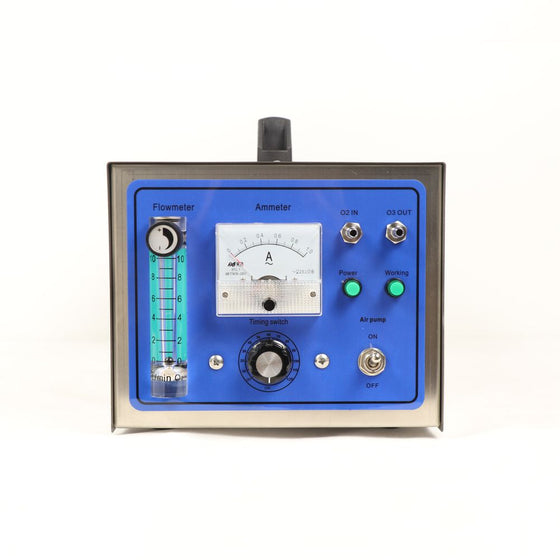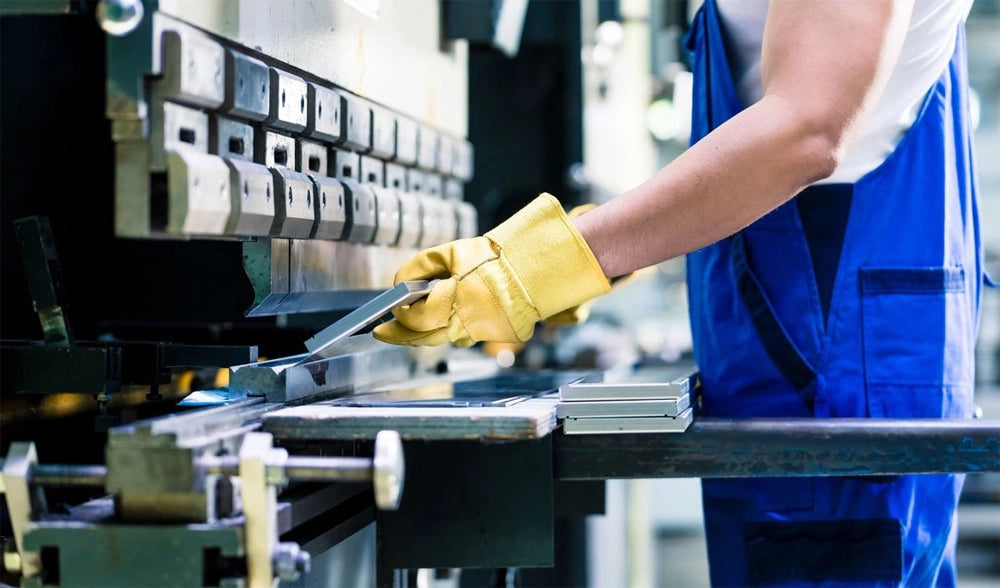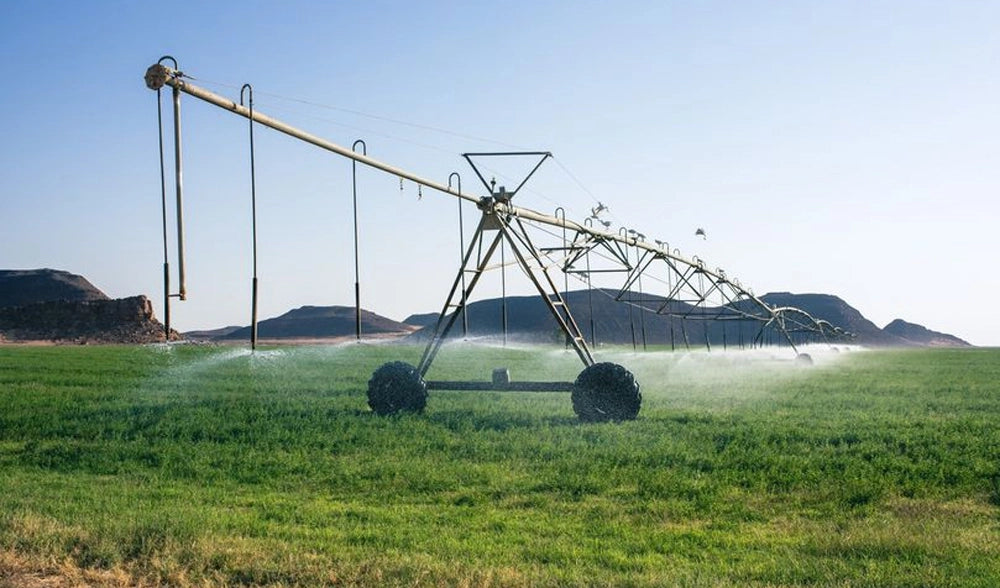Ozone’s Application in Biogas Production

As per the World Bioenergy Association, the biogas production industry stands out as one of the most rapidly expanding sectors. Given that the raw material is renewable, biogas facilities produce environmentally friendly energy, fostering a circular economy. The utilization of ozone in the biogas sector proves beneficial across various stages of the production process, with three primary applications for ozone treatment in biogas plants.
Sulfur compounds and ions are prevalent throughout the entire biogas production process, posing challenges that impact overall efficiency. Elevated levels of sulfur ions in the feedstock enhance the activity of sulfur-reducing bacteria (SRB) during digestion, thereby inhibiting the function of methane-producing microorganisms like "archaea."
Consequently, the procedure can lead to issues such as odor and corrosion, stemming from the release of elevated levels of hydrogen sulfide (H2S) during digestion. This not only results in unpleasant odors, primarily due to H2S having one of the lowest known odor thresholds, but it also contributes to a reduction in methane production yield in biogas plants.
Advantages of Using Ozone Treatment for Biogas Plants
Ozone exhibits powerful oxidation properties. Specifically, when ozone is accurately applied to the feedstock of waste activated sludge, it markedly enhances the conversion to the biogas substrate.
In numerous instances, such as the production of biogas from waste activated sludge, the findings indicate a significantly positive impact of ozone treatment. This outcome is attributed to the elevated presence of aerobic bacteria and intact organic matter in the raw material.
In these circumstances, ozone swiftly oxidizes any unsaturated bonds, generating radicals that further oxidize other organic substances. This reaction mechanism enhances the biodegradability of the raw material, resulting in increased biogas production. The rise in biogas production is directly proportional to the amount of ozone injected into the system—more ozone usage corresponds to higher biodegradability and methane yield.
Anaerobic Digestive

Following the pretreatment phase, the raw material undergoes biochemical conversion in the digestion unit. Within this unit, various types of microorganisms interact with the feedstock at different stages.
The anaerobic digestion process for methane production can occur through a one-stage or two-stage approach. The substrate is transformed into biogas with a methane concentration ranging from 50-55%, contingent on the type of substrate. By employing a second stage known as the methane boosting stage, it is feasible to elevate the methane concentration. This results in achieving up to 70% concentration in the biogas, enhancing system efficiency and reducing the cost of biogas treatment.
Reducing H2S for Enhanced Methane Production
In the two-stage process of biogas production, ozone is introduced into the digestion stage, allowing for a reduction in H2S concentration before enhancing methane levels. This sequential approach results in a more efficient system, with a decrease in H2S occurring prior to methane production.
Typically, ozone is introduced into the airspace above the biobed in the digestion unit. Alternatively, it can be injected into an intermediate tank positioned between the digestion and the methane-boosting unit.
Odor Control
Odor poses a significant challenge in the methane gas boosting process, primarily owing to the heightened sensitivity of the human nose to hydrogen sulfide. Odor receptors can be activated at concentrations as low as one billion parts per billion (ppb). Consequently, even a minor leak in the process lines or an opening in a process step can lead to an odor issue over a considerable area. To effectively mask the odor, the emitted gas needs to be diluted 200,000 times.
You can check our ozone generators by clicking here.
New Arrivals
Leave A Reply
Your email address will not be published. Required fields are marked *






